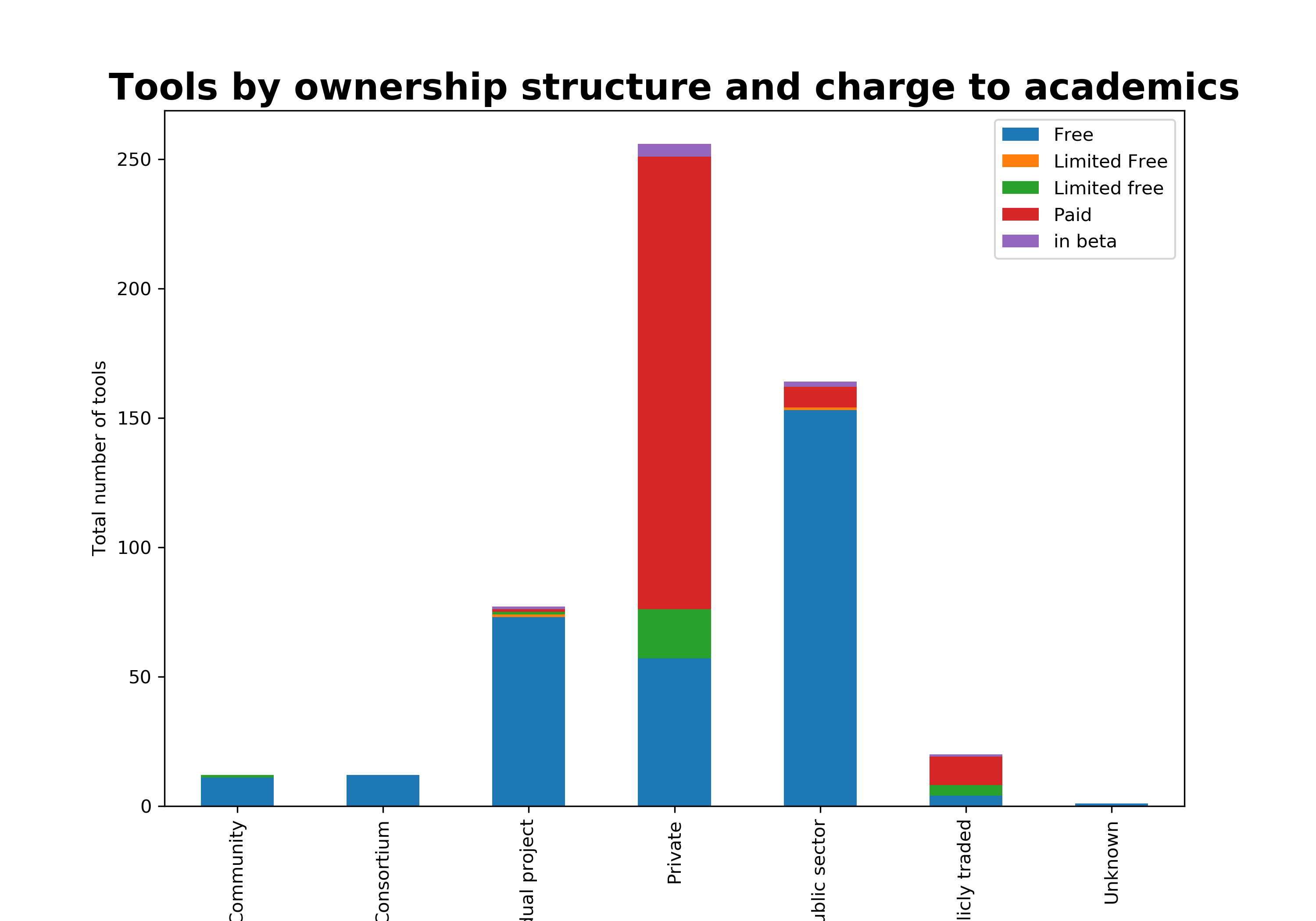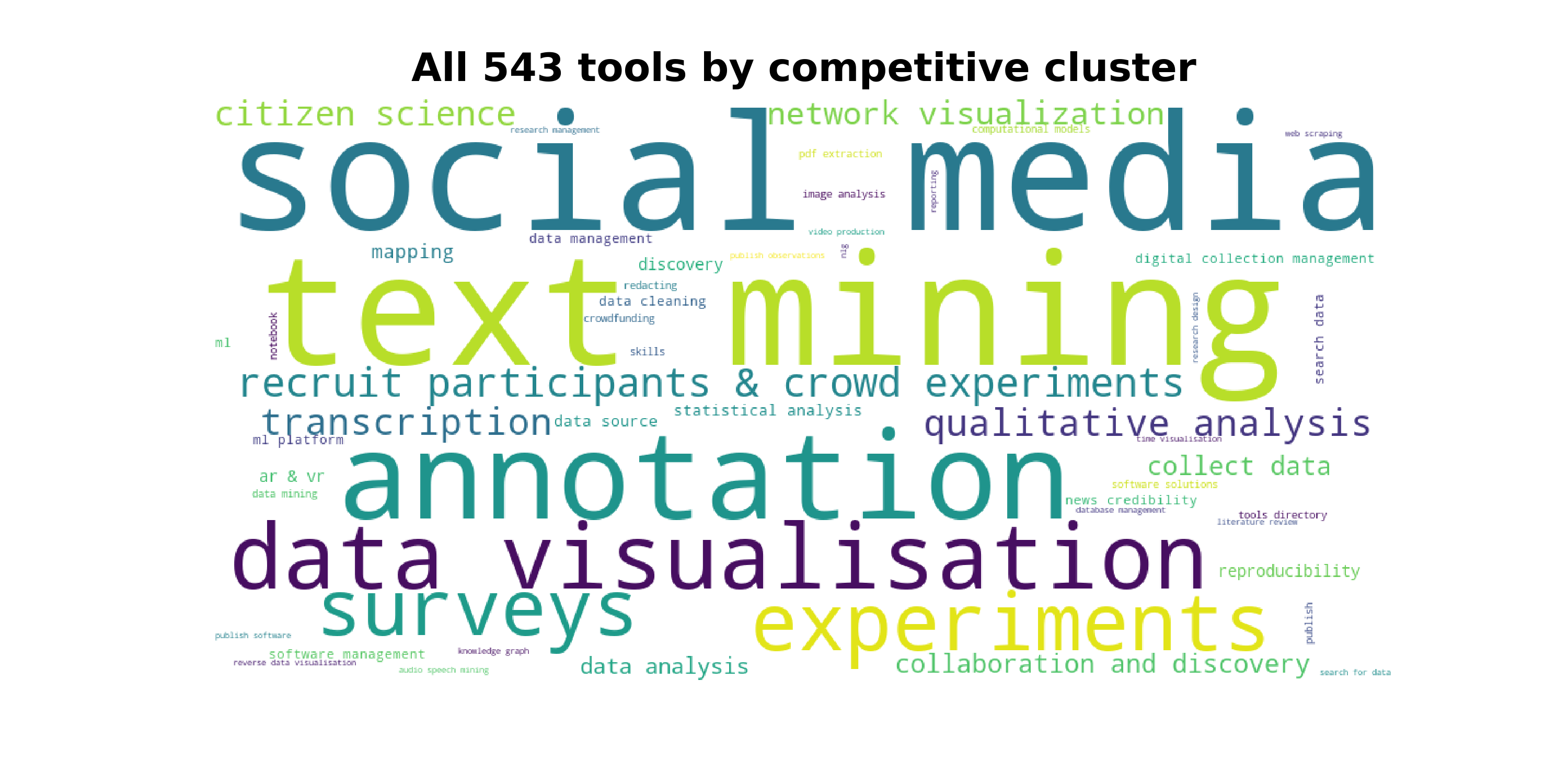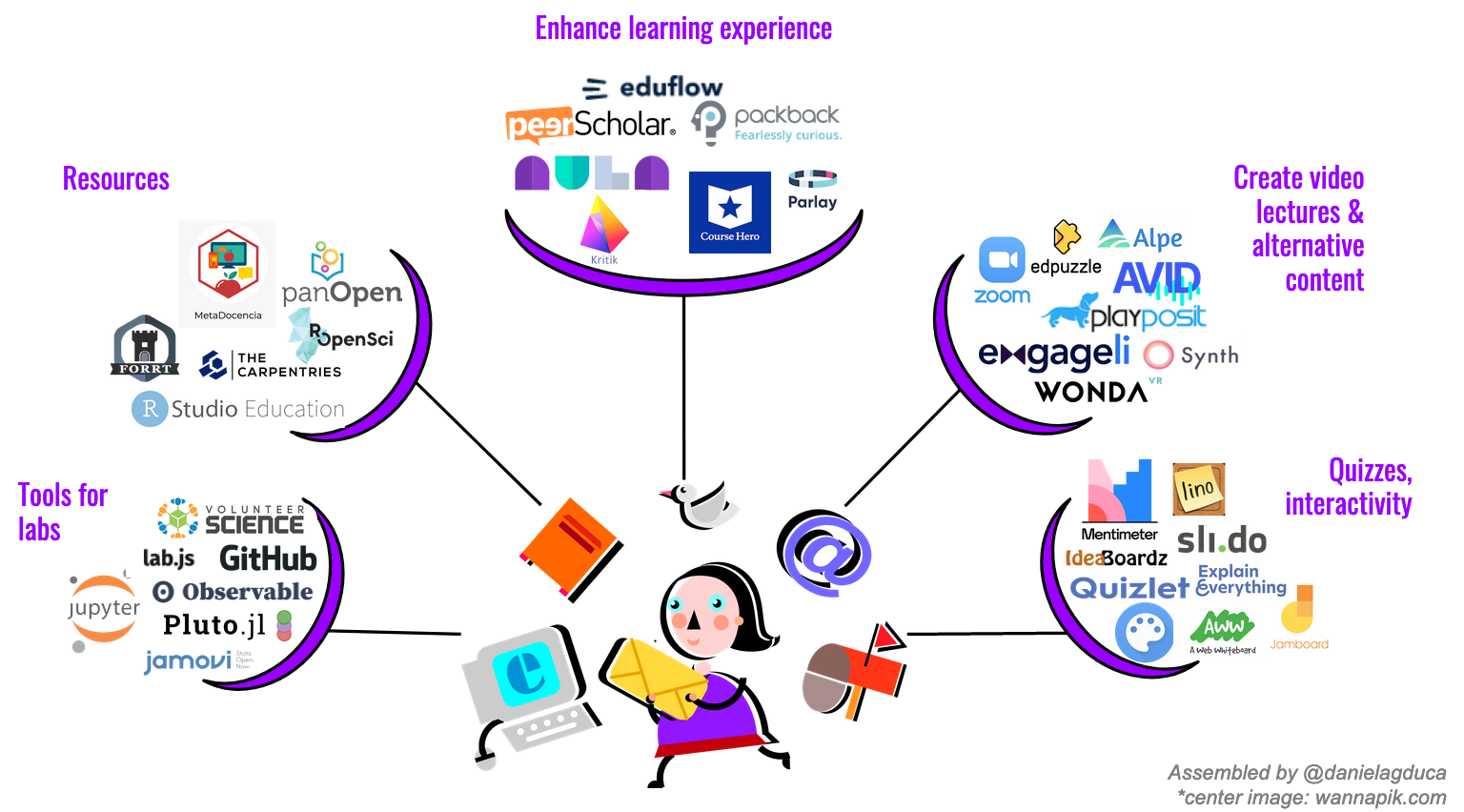Five research equipment booking systems reviewed
This post originally appeared on Efficiency Exchange
You may be surprised to hear it, but booking systems for research equipment are not really that scary. Better still, they’re also not that rare anymore. We found a number of institutions making really good use of these systems, so we looked more closely at what data they were collecting and how.
Most importantly, we found out that booking systems for research equipment have been refined over the past few years to deal with issues about anything from ‘each piece of kit is different’ to ‘we have different charges for different types of users’, and so on.
Everyone is responsible for updating the booking system
It is definitely worth mentioning that all the booking systems I’ve had a chance to engage with are very flexible and dynamic, so one can always change the time slots, the blackout periods, the charging options, the privacy and availability settings.
Improvements have all been driven by users, which is different from central databases that may collate equipment across an institution once (or max once a year), but have no information on how much this equipment is being used, or even if it’s been moved or sold. As a bonus, they are all pretty much free for the end user.
There is also no need to have one person going around to all the departments and trying to collate information about research equipment; instead this task is shared by the individuals responsible for a piece of equipment, be it the lab technician or the person that got the equipment as part of a grant. They also have the incentive to keep this information up to date because it allows them to see how much time they have available to offer the equipment to other users.
As we are starting to work with five of them, I thought I’d give you a summary of the features they have. But before we get into the reviews, I have one request to make.
If you’re using a system to let-out or book research equipment that isn’t covered below, please do let me know. We are looking to work with as many of these systems as possible and standardise a few commonly-used fields and indicators that would help researchers, universities and research-funders to understand equipment usage and where costs could be saved.
Ok, let’s look more closely at the systems we surveyed.
Academican
Overview:
Academican was established about five years ago at the University of Surrey. It has been run quite successfully since then by Peter Wilson and recently revamped. It has a slick interface and you can sign up with your .ac.uk address and to access to your institutional equipment (if it’s on there), and anything else that is public or you have been approved to view. If you manage any pieces of kit, you can add them to academican.org quite easily, and you have a variety of options: you can offer it as a service or share times it’s available to book. Flexible fields allow you to specify more than just a description and a picture of the equipment. You can also link any publications, projects and data sets related to the piece of kit.
Pricing:
Free for the end user; free for institutional accounts.
Ease of use:
Anyone can register and start using Academican.
Service and support:
Any issues, report it through the site.
Features:
Calendar
Dashboard
Reporting on usage
Linking publications and data sets
Messaging
User profiles and access grouping
Flexible fields, including blackout periods for equipment
Downloadable asset register
Integrations and add-ons:
Federated access
Institutional publication repositories
ClusterMarket
Overview:
ClusterMarket is quite the new gadget. It is less than a year old, based in London, and already has about 20 different organisations using it. Its slogan is “the market place for scientists”, and its business model follows Airbnb, connecting those who need equipment and expertise with those who have it. The web app has flexible fields and a variety of charging options. Adding a new piece of kit is quite easy, just like listing your flat when you want to rent it out. Payment is securely done through the platform.
Pricing:
Free for the end user; a small fee is applicable on transactions through the site, except for internal sharing.
Ease of use:
Institutional accounts available for both universities and private organisations; anyone can use the web app to provide and request equipment or services.
Service and support:
24/7 customer support either via chat or phone. Concierge service is available.
Features:
Dashboard
Reporting on usage
Messaging
User profiles
Organisational profiles
Flexible fields, including blackout periods for equipment
Range of privacy settings
Integrations and add-ons:
Crowdhelix/Vision 2020
Open IRIS
Overview:
Open IRIS is a Swiss-based booking system that has more than four thousand users from 46 countries under its belt. It is slick, easy to use and has been making strides with the UK community. It is easy to register and to list your equipment, you can even load it in bulk. Open IRIS offers a live dashboard to monitor the peak times for usage, flexible fields and a variety of charging options for any service related to a piece of kit or facility.
Pricing:
Free for the end user; free for institutional accounts. Organisations can join the Open IRIS consortium for a small annual subscription fee, which then provides them with development effort and a higher level of support..
Ease of use:
Anyone can register to use the platform and will have access to their own institution’s equipment/services, and any others made available to them across the platform.
Service and support:
Feedback button on the site for error reporting and requests; with an institutional membership you receive a service level agreement as well as development effort for new features.
Features:
Calendar
Dashboard
Reporting on usage
User profiles
Usage policies for resources, including flexible fields and privacy settings
Billing
Project management
Facility and organisational profiles
Integrations and add-ons:
UK federated access
QReserve
Overview:
QReserve was built by researchers at Canada’s McMaster University about 3 years ago, with a main aim of sharing equipment across Canada and worldwide. Since then, Brandon Aubie and his team have realised that the only way to keep the equipment information up to date is with a lab management service, because “it helps to know that there is a microscope, but also that it is available next Tuesday”. They have an overarching presence internationally, with at least 16 different organisations using QReserve in the UK.
Pricing:
Free for the end user; freemiums and upgrades are available for more complex uses of the system with more than 10 pieces of kit.
Ease of use:
Anyone can register to use the platform.
Service and support:
24/7 support via phone or through the website.
Features:
Calendar bookings
Dashboard
Messaging
Reporting on usage
User profiles, including training management and user tracking
Flexible fields, including blackout periods for equipment, customisable on a lab or institutional level
Embedable on lab website
Range of privacy options
Supervisor and/or technician approval of reservations
More details: https://www.qreserve.com/manage
Integrations and add-ons:
Planning to add UK federated access
ULAB
Overview:
ULAB is the brainchild of Dr Blair Johnston, Ian Thompson and Dr Tim Plumridge at the University of Strathclyde. The booking system has over 1,500 active users and is currently fully employed at Strathclyde and the many of Scottish universities are in the process of implementing it. The web-based system allows users to catalogue and visualise their key lab equipment on fully customisable floor plans, and like the other systems handles complex booking and hiring, both within an institution and with external collaborators and customers. ULAB integrates with your PURE current research information system.
Pricing:
Free for the end user and anyone can register. ULAB is working with a number of institutions to establish the business model, but institutional accounts with a number of extra features (including advanced reporting across the organisation) would be available via joining the membership consortium, an annual subscription fee will be negotiable.
Ease of use:
Registering and adding equipment is quite easy, the team put together a few videos with instructions: https://www.ulabequipment.com/help_lab_add.htm
Service and support:
Blair, Tim or Ian – contact details available from the ULAB site.
Features:
Calendar
Dashboard
Reporting on usage
Managing equipment experts’ time and sundries
Labelling
Flexible fields, including blackout periods for equipment
Dedicated customisable facility/lab pages for promoting capabilities
Integrations and add-ons:
UK federated access
ORCID
PURE
Financial asset register (may require integration depending on local asset system)
I hope you found these reviews useful – and if the system you use wasn’t included, let me know!




